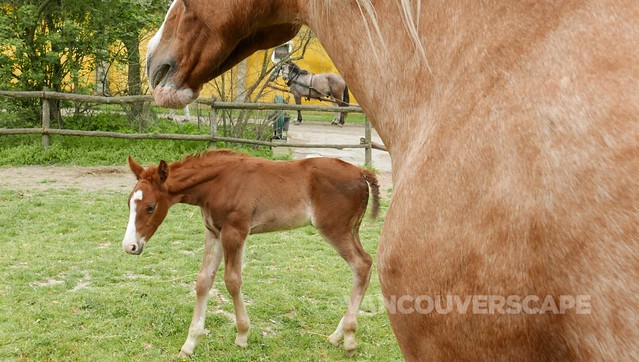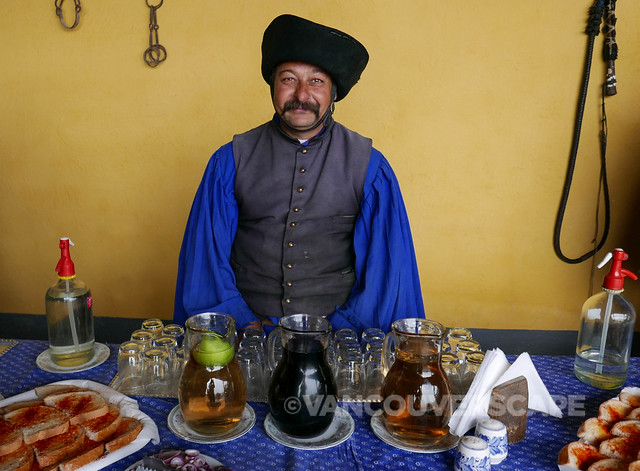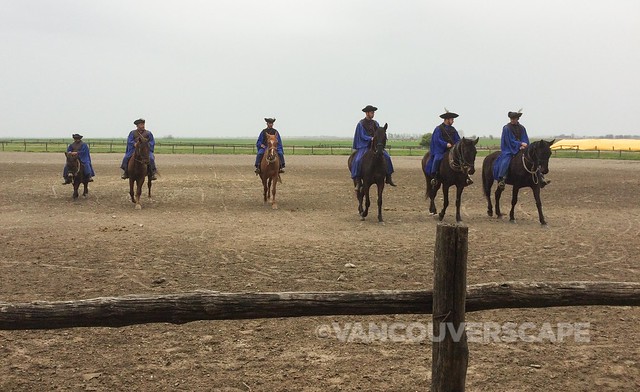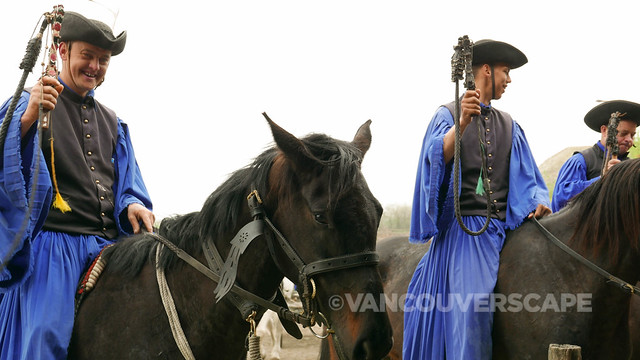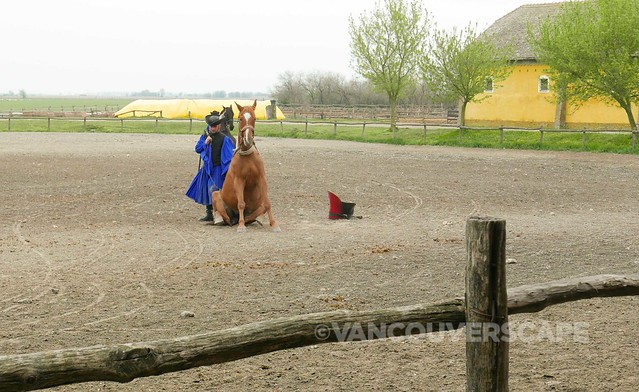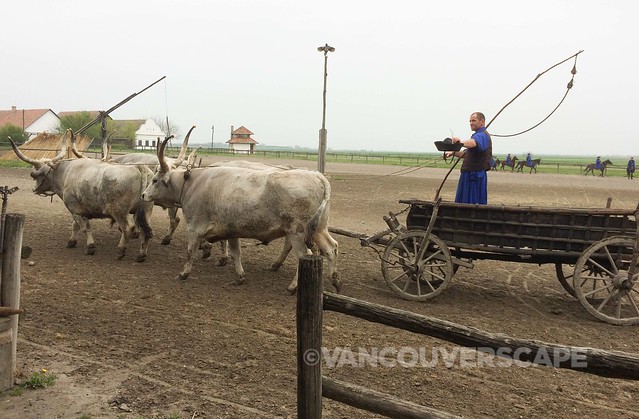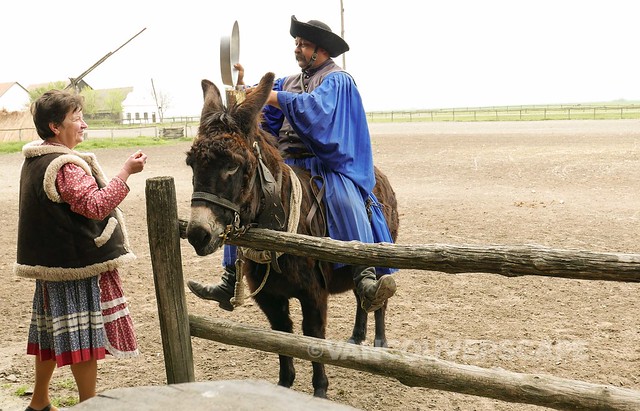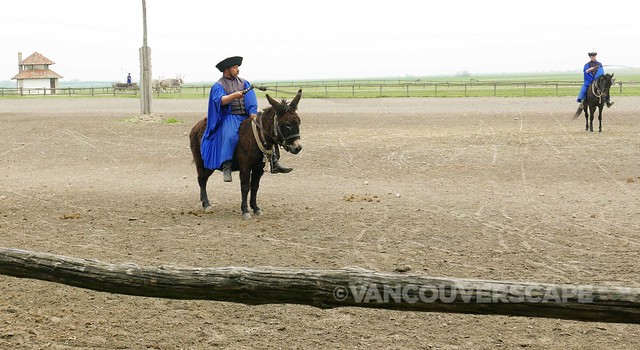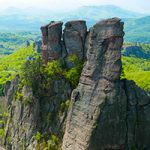After a few days exploring the lively Eastern European capital of Budapest with Viking River Cruises, it’s time to say goodbye and embark the Viking Atla for our Danube River sailing.
Headed by bus from the ship on our first full day aboard, our tour group passes rolling hills and bright yellow rapeseed fields en route to the Bakodpuszta Equestrian Center, a traditional, family-owned horse farm, to enjoy a performance like no other.
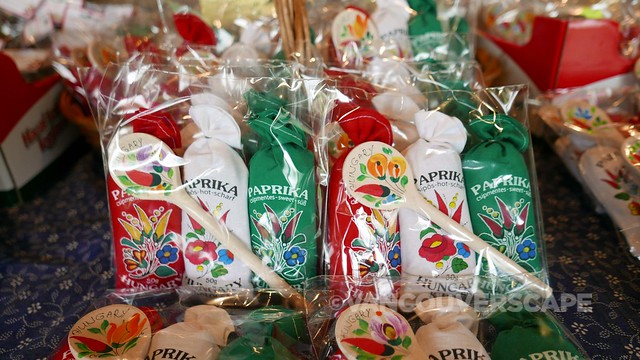
[This region is also known for its paprika!]
The people of the Hungarian Puszta region have long relied on the horse for transport, settlement and defence.
Moments after our arrival at the farm, several horsemen clad in billowing blue and black costumes make their entrance, creating a unique cracking sound with their bullwhips as they ride bareback on their horses.
Nomadic Magyar warriors arrived from Asia on horseback and settled into this treeless prairie where they lived outdoors year-round, forcing them to adapt to tough conditions. Their horses were trained to lie flat in the grass, so they’d “disappear” into the landscape.
Romanticized through novels, paintings, poems and folk songs, the 19th century cowboys (or csikos) have evolved over time, keeping their swift movements alive through the art of horsemanship. At this center, the men herd, train and store horses, giving tourists a show themed “How to Steal a Horse”.
There may be over 600 ways to crack a bullwhip, but the horse doesn’t feel any pain as the men ride bareback around the ring, never striking the horses.
The distinct cracking sound is caused by breaking the sound barrier and was created in order to make enemies believe they carried ammunition.
We watch the men ride bareback and learn that this helps the Puszta herdsmen to feel the horse’s muscles and nerves so they can both sense and anticipate the animal’s movements.
These beautiful hot-blood beasts are a mix of Arabian and Mongolian breeds. Arabian horses have stamina and speed while Mongolian horses are strong and sturdy, marrying the best of both worlds.
The horses live an average of 27 to 30 years, a lot longer than their Western relatives, due to the way they’re trained. From a very early age, the horses are taken to the flatland to be played with by the men, earning mutual trust. Each horseman is responsible for training eight horses.
As we watch the show, we notice how the horses never flinch when the bullwhip strikes. They’re so human-friendly and therapeutic in nature that mentally disabled and physically injured patients get treated by spending quality time with these lovely beasts.
The amazing control and dexterity of the horsemen proves just how much training is required to make it look that easy; there’s even one horseman that can balance his feet atop two white horses while controlling another seven in a group.
It’s a majestic sight to watch them roar by close up.
Three of the black horses housed in the stables are even on-set movie stars and appear in the Game of Thrones.
The star of this show however is a little donkey and trainer performing the same routines as the horses and get a lot of laughs and love from the audience.
By the end of the show, we feel that we have witnessed some of the most amazing acrobatic showmanship of a long-cherished Eastern Hungarian tradition.
We were hosted aboard a Viking River Cruise. Opinions, as always, are our own.
